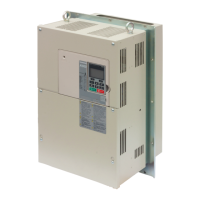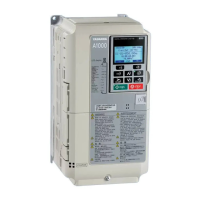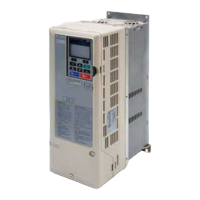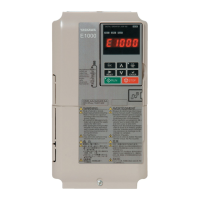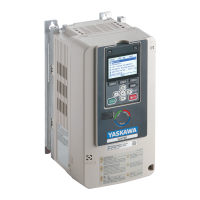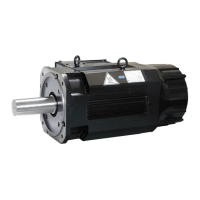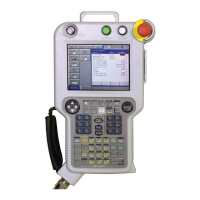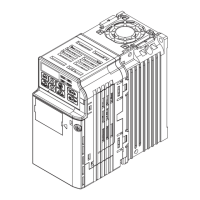i.2 General Safety
24 YASKAWA ELECTRIC SIEP C710616 27G YASKAWA AC Drive A1000 Technical Manual
Using a Synchronous Motor
• Contact YASKAWA or your YASKAWA agent if you plan to use any other synchronous motor not endorsed by
YASK AWA.
• A single drive is not capable of running mult
iple synchronous motors at the same time. Use a standard induction motor
for such setups.
• At start, a synchronous motor may rotat
e slightly in the opposite direction of the Run command depending on
parameter settings and rotor position.
• The amount of starting torque that can be generated differs by
each control mode and by the type of motor being used.
Set up the motor with the drive after verifying the starting torque, allowable load characteristics, impact load tolerance,
and speed control range.
Contact YASKAWA or your YASKAWA agent if you plan to use a motor that does not fall within these
specifications.
• In Open Loop Vector Control for PM motors, bra
king torque is less than 125% when running between 20% to 100%
speed, even with a braking resistor. Braking torque drops to less than half when running at less than 20% speed.
• In Open Loop Vector Control for PM mot
ors, the allowable load inertia moment is approximately 50 times higher than
the motor inertia moment or less. Contact YASKAWA or your YASKAWA agent concerning applications with a larger
inertia moment.
• When using a holding brake in Open Loop Vector Control for PM motors
, release the brake prior to starting the motor.
Failure to set the proper timing can result in speed loss. Not for use with conveyor, transport, or hoist type applications.
• To restart a coasting motor rotating at over 200 Hz while
in the V/f control mode, use the Short Circuit Braking
function to first bring the motor to a stop. Short Circuit Braking requires a special braking resistor. Contact YASKAWA
or your YASKAWA agent for details.
Speed Search can be used to restart
a coasting motor rotating slower than 200 Hz. If the motor cable is relatively long,
however, the motor should instead be stopped using Short Circuit Braking, which forces the motor to stop by creating a
short-circuit in the motor windings.
• If oC (Overcurrent), STo (Pull-Out Detection)
or LSo (LSo Fault) occurs, adjust the motor by retrying Speed Search
and using the Short Circuit Braking function on starting.
Applications with Specialized Motors
Applications with Specialized Motors
Multi-Pole Motor
Because the rated current will differ from a standard motor, be sure to check the maximum current when selecting a
drive. Always stop the motor before switching between the number of motor poles. If a regenerative overvoltage fault
occurs or if overcurrent protection is triggered, the motor will coast to stop.
Submersible Motor
Because motor rated current is greater than a standard motor, select the drive capacity accordingly. Be sure to use a large
enough motor cable to avoid decreasing the maximum torque level on account of voltage drop caused by a long motor
cable.
Explosion-Proof Motor
Both the motor and drive need to be tested together to be certified as explosion-proof. The drive is not designed for
explosion proof areas.
Furthermore, if an encoder is attached to
an explosion-proof motor make sure the encoder is explosion-proof too. Use an
insulating signal converter for connecting the encoder signal lines to the drives speed feedback option card.
Geared Motor
To avoid gear damage when operating at low speeds or very high speeds, make sure that both the gear and lubricant are
rated for the desired speed range. Consult with the manufacturer for applications that require operation outside the rated
speed range of the motor or gear box.
Single-Phase Motor
Variable speed drives are not designed to operate with single phase motors. Using capacitors to start the motor causes a
high-frequency current to flow to the capacitors and can damage the capacitors. A split-phase start or a repulsion start can
burn out the starter coils because the internal centrifugal switch is not activated. The drive is for use with three-phase
motors only.

